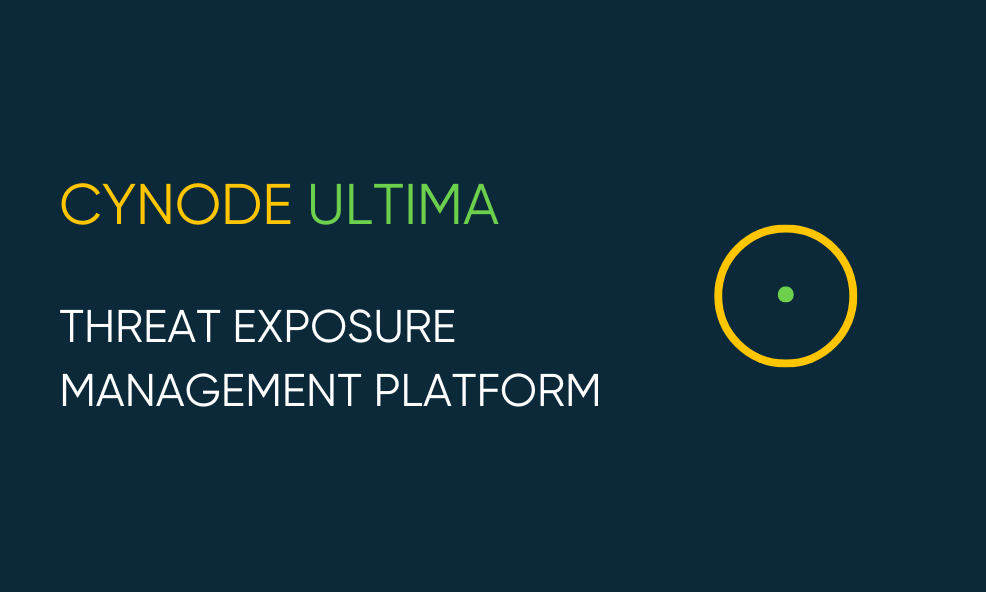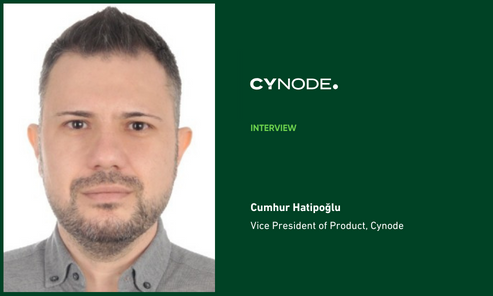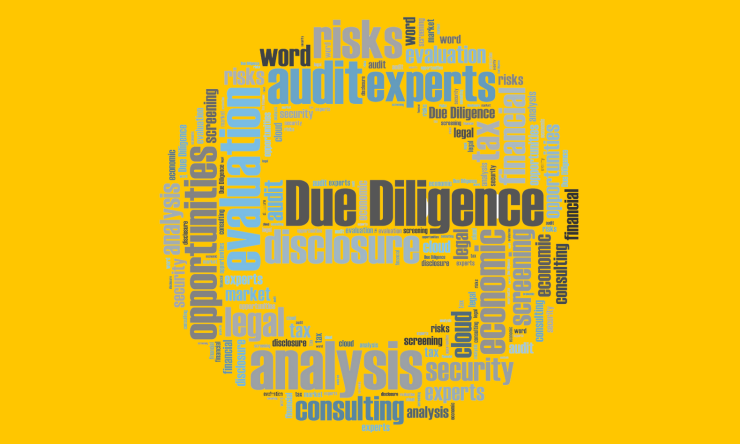RESOURCES

Organisations are increasingly relying on cloud applications to improve productivity and collaboration. Widely available statistics indicate that the average number of SaaS applications used per user exceeds 20 in small enterprises and is significantly higher in larger companies. The average number of SaaS applications used per company is over 250.
Suites of tools like Google Workspace, Microsoft 365 and cloud applications like Salesforce, collaboration tools like Trello and Slack as well as creative tools like Adobe Creative Cloud and CANVA are widely used to provide integrated solutions and boost efficiency. Alongside these well-known productivity applications, there are countless trial, free, or freemium tools, which, along with the rise of AI-based creativity tools, introduce a new set of security challenges, especially when used without formal approval or proper oversight.
The increased use of SaaS applications manifests two major cyber security risk categories:
- Unauthorised access to a third-party SaaS tool can expose organisations to further malicious activities by threat actors. The MITRE ATT&CK SaaS matrix shows (1), that threat actors are not short of tools and techniques to exploit SaaS ecosystems.
- Unauthorised use of SaaS applications has created a cloud-based Shadow IT phenomenon. Where users are often prompted to give excessive privileges to externally managed apps (SaaS) and SaaS app vendor vulnerabilities can lead to exploitation of sensitive corporate data with no oversight from internal security teams.
While the term Shadow IT originally defined the use of IT related hardware, software, or services by employees without the knowledge or approval of the organisation’s IT and security departments. This has now been extended into the cloud on a massive scale and this now extended category creates new risk factors such as granting excessive privileges via Admin Consent Flow, further exposes existing vulnerabilities in the vendor environment and it is now easier to become non-compliant as users sign up for unsanctioned cloud-based tools. Regulating the use of SaaS applications across the organisations is a mandatory requirement for companies to deal with the growing number of associated cyber risks. Commercially available Cloud Access Security Broker (CASB) solutions offer key features and functionalities to deal with this risk, but CASB alone cannot solve these extensive Shadow IT issues. To mitigate these risks advanced monitoring is required, built around tracking user identities and detailed network traffic analysis. This allows organisations to understand both sanctioned and unsanctioned cloud application usage. This is crucial in detecting and responding to threats, such as a “excessive downloading from corporate resources” or “suspicious activities within CRM platforms.
Cynode’s MDR for Cloud Apps Shadow IT
To explore these scenarios a little more, Cynode has designed a managed service that is especially effective because it integrates directly with cloud tools, SaaS infrastructure APIs and allows for native tracking of anomalous behaviours, in CRM tools, such as the creation of an unusual number of quotes in Salesforce or the deletion of critical SalesForce client or company data. Utilising native tools and APIs the Cynode service can monitor for interesting behaviour in Dropbox or OneDrive like an abnormal amount of file downloads, which might indicate data exfiltration taking place. By leveraging these monitoring capabilities, Cynode customers gain deeper visibility into SaaS usage, can enforce consent policies, and detect suspicious activities across collaboration tools like Google Workspace, Slack, and Microsoft Office 365. By regulating SaaS application usage across the enterprise, organisations can prevent the spread of Shadow IT security issues, reduce exposure to external vulnerabilities, and ensure compliance with security governance policies.
Key Benefits
· Gain complete visibility into SaaS application usage by your users
· Assess the consent policies as per the security governance policies.
· Prevent Shadow IT
· Detect suspicious activities that takes place in collaboration tools such as Google Workspace, Salesforce, Slack, Microsoft Office 365 (including OneDrive, SharePoint, Teams, etc.).
Cynode’s MDR for Cloud Apps Shadow IT service is a comprehensive solution designed to identify, monitor, and manage cloud applications and services across an organisation. By leveraging advanced detection and response capabilities, Cynode ensures that all cloud application usage is visible, controlled, and secure.
Why not schedule a call with one of our cyber advisors to discuss how we can help enhance your organisation’s cyber maturity. Or book a free trial of one of the many Cynode services.
References:


















